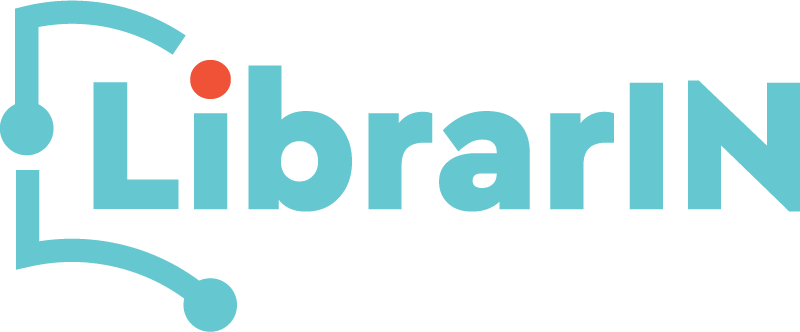Co-creation refers to the collaborative creation of value between multiple stakeholders, such as customers, suppliers, and businesses. It is a process where parties work together to develop a product, service or experience that meets the needs and expectations of all involved. The goal of co-creation is to create value that is greater than the sum of its parts, through combining the strengths and resources of each participant. Co-creation is commonly used in product design, marketing, and customer service to involve people in the development and delivery of solutions that they want and need.
Co-creation in policy making
Co-creation in policy making refers to the process of involving multiple stakeholders in the design, development, and implementation of public policies. This approach to policy making aims to create more effective and efficient policies by taking into account the perspectives, needs, and experiences of various groups, such as citizens, businesses, and organizations. The idea behind co-creation in policy making is that policies that are developed through collaboration and engagement with a wide range of stakeholders are more likely to be well-received, effectively implemented, and achieve their intended outcomes. By involving stakeholders in the policy making process, co-creation can help to build support for policies, increase accountability, and create more sustainable solutions to public problems.
There are several types of co-creation, including:
- Community co-creation, which refers to a process where groups of people with shared interests, identities, or benefits collaborate to achieve a common goal. The outcome benefits everyone within the community, creating a sense of shared ownership. A prime example of this is Wikipedia, a vast database of information created and maintained by a global community of contributors.
- Coalitions, which refer to partnerships where selected individuals or organizations come together to achieve a common objective that is beyond their individual capabilities. The outcomes of such collaborations are owned and shared by all contributors. An example of this is Nespresso, who partners with coffee machine manufacturers to create a more comprehensive offering.
- Crowdsourcing, that involves asking a large group of people to contribute ideas or solutions to a specific problem or challenge. Crowdsourcing is a process where a person or organization invites contributions from a large group of people, typically via the internet, with the goal of solving a challenge. The initiator retains ownership of the outcomes, which can be in the form of ideas, designs, solutions, etc. A well-known example is Goldcorp, a mining company that successfully used crowdsourcing to find new sources of gold.
- Expert co-creation , that involves the selective gathering of specific experts to combine their perspectives and address a challenge posed by an initiator. These interactions are typically more in-depth than in crowdsourcing, and the resulting outcomes are solely owned by the initiator.
Within this framework, co-creation has become a major trend in corporate environments also, focusing on working with customers to either develop new products or services that meet their needs and expectations (product co-creation) or to design and improve the delivery of services, with the goal of creating a more personalized and engaging experience (service co-creation). To that extend, someone could consider working with customers to create unique and memorable experiences that meet their individual needs and preferences as a distinct category (experience co-creation).
Co-creation in a library
Co-creation in a library environment refers to the process of involving library users, staff, and other stakeholders in enhancing and modernizing the library’s role. This approach seeks to create more relevant and effective services by incorporating the perspectives and needs of library users into the decision-making process.
Examples of co-creation in libraries include:
- User-centered Design, where library users are involved in the design and testing of new library services, products, or spaces, such as a maker lab or teen space.
- Collaborative Programming, when community organizations and stakeholders work together to plan and deliver programs and events that meet the needs and interests of the community, such as a book club for seniors or a coding workshop for children.
- Community Engagement, which involves gathering input and feedback from library users through surveys, focus groups, public meetings or online forums, and use this information to inform decisions about collections, services, and policies.
- User-Generated Content, where people are invited to contribute to a library’s collections by submitting their own written works, photographs, or videos, which can be shared with the community.
- Partnerships and Collaborations, that actually refer to partnerships between libraries and other organizations, such as schools or non-profits, to develop and deliver programs and services such as after-school tutoring or job training classes.
Co-creation in libraries may involve a variety of activities, such as:
- Ηosting focus groups, surveys, or prototypes to gather feedback and incorporate it into the design process.
- Collaborative planning sessions with library staff and other stakeholders
- User testing and prototypes of new services or policies
- Community engagement initiatives, such as town hall meetings, to gather input and feedback from library users
Within the aforementioned principles, libraries can increase community engagement and support, and improve the overall effectiveness and relevance of their services.

